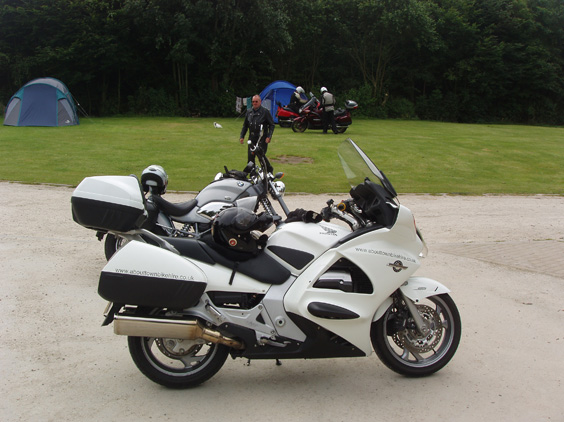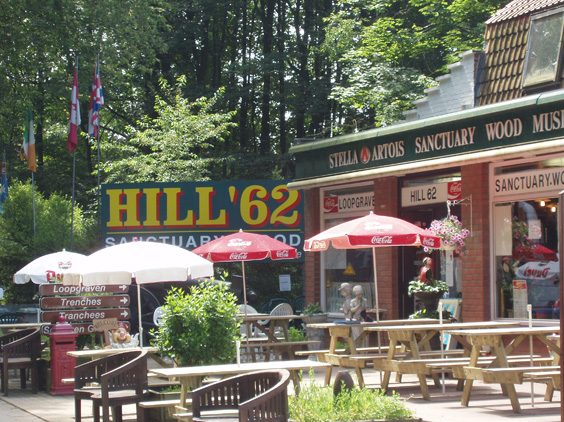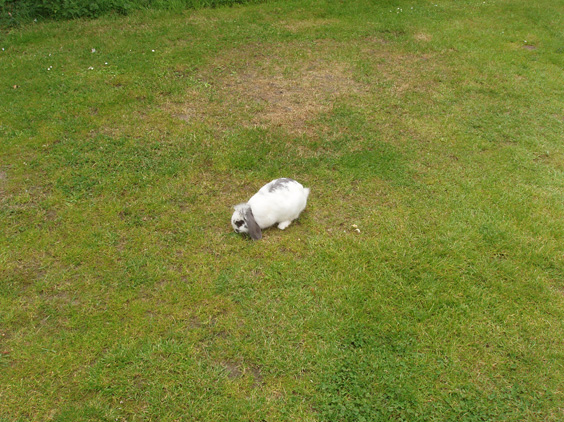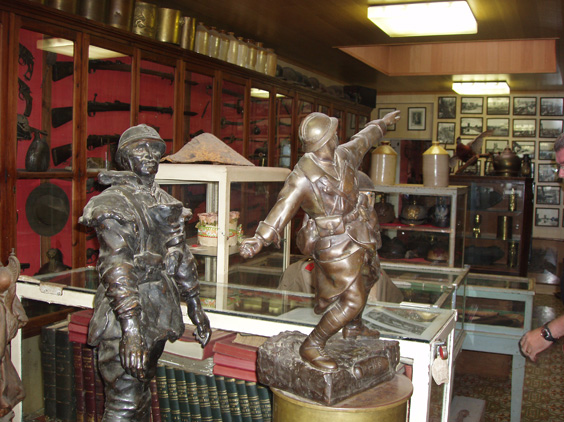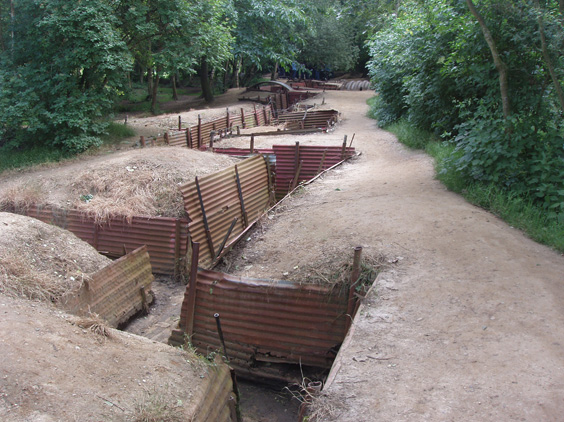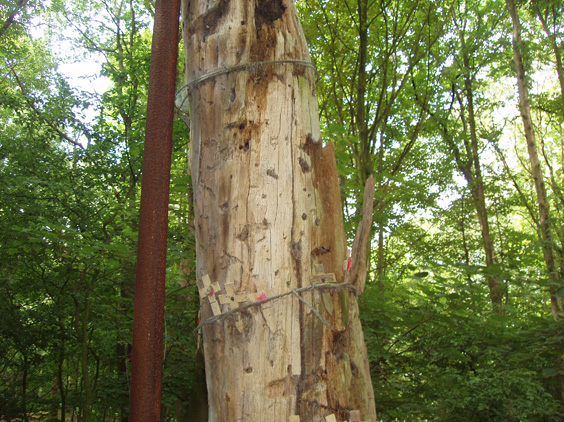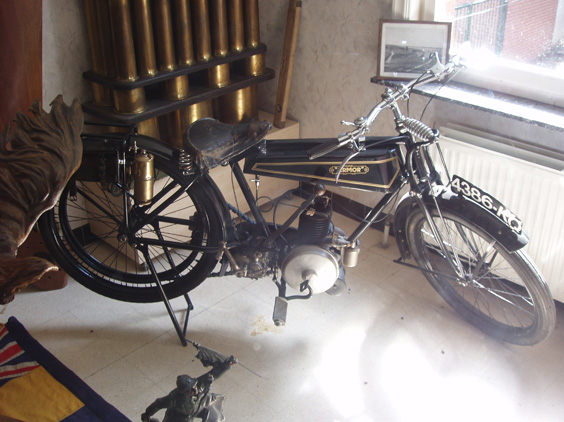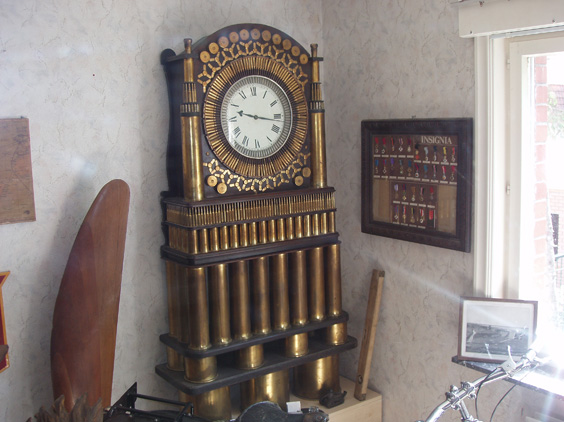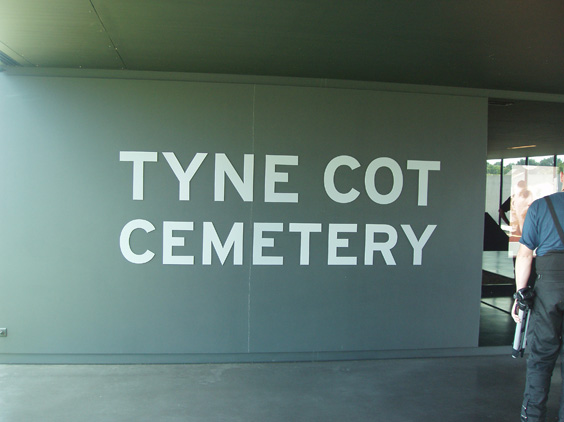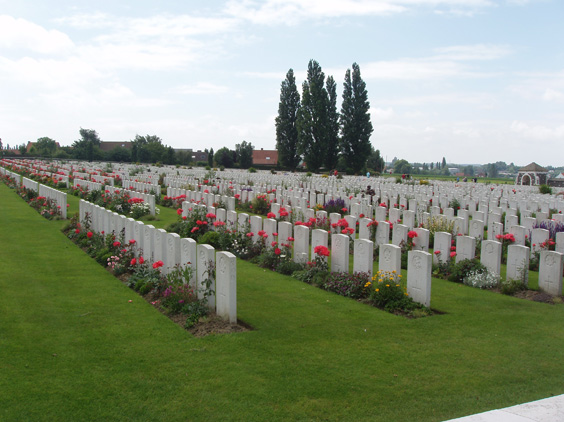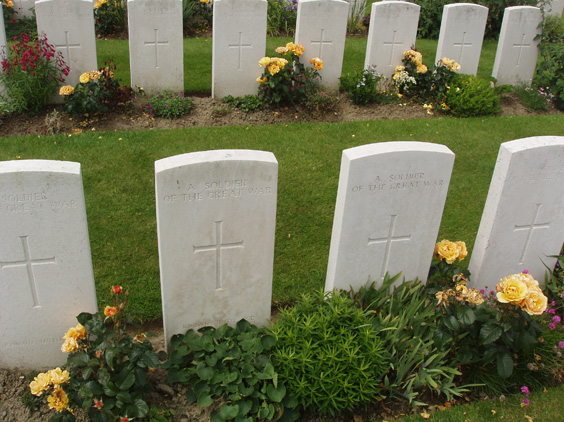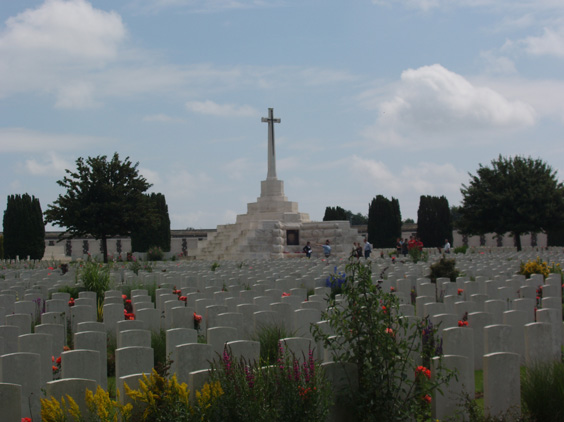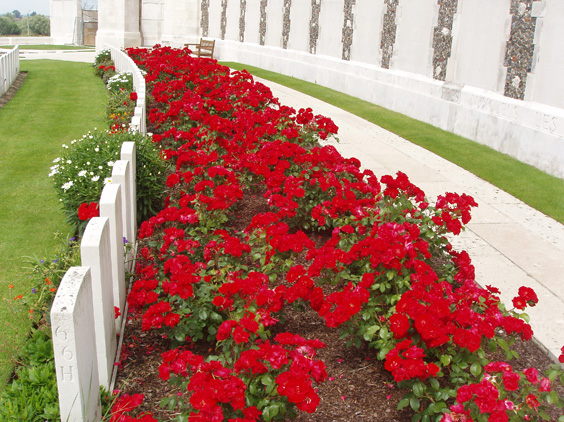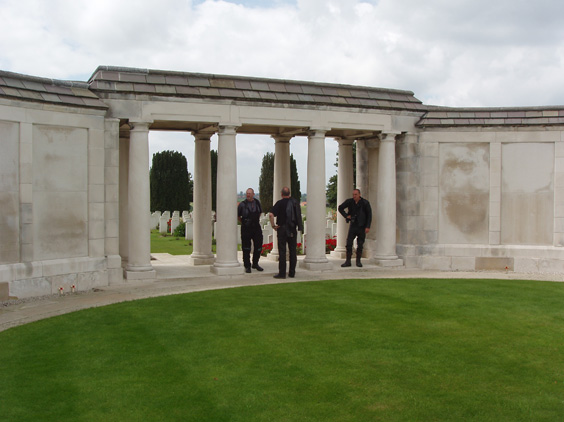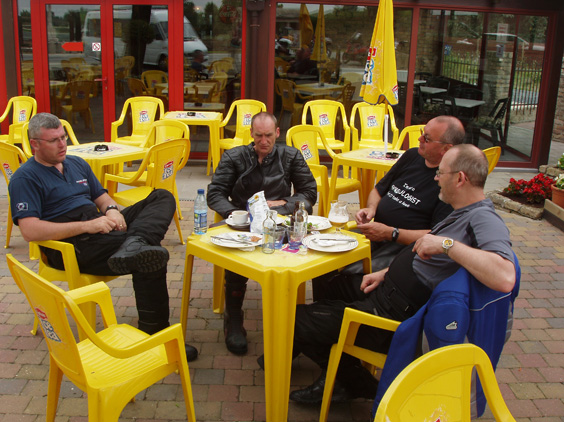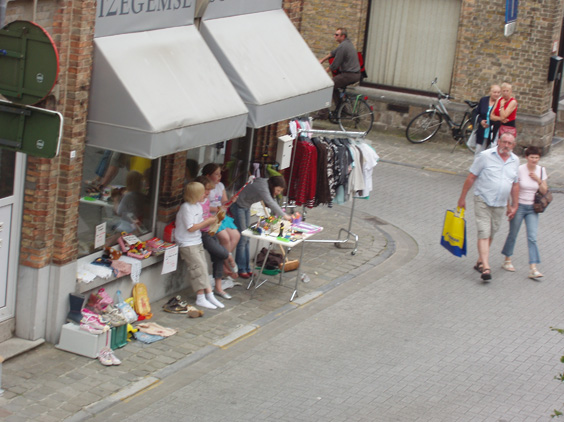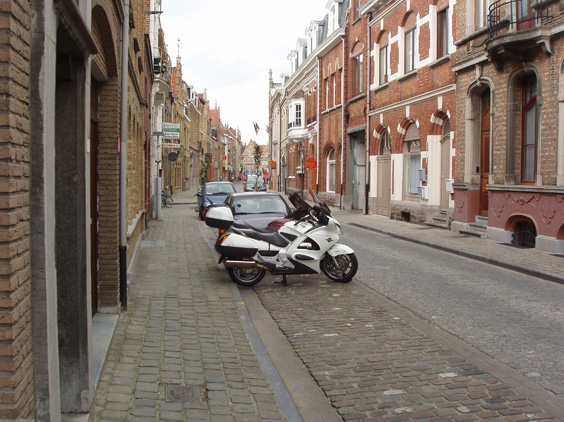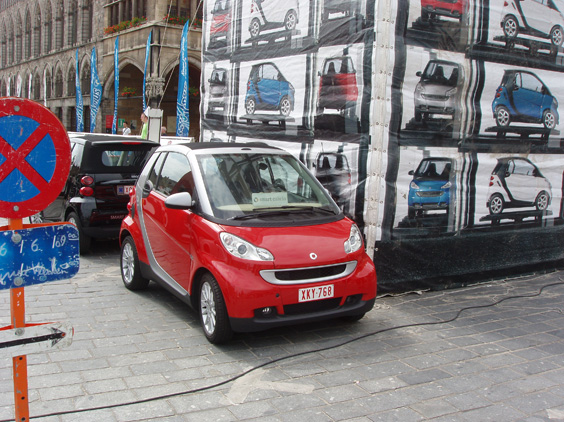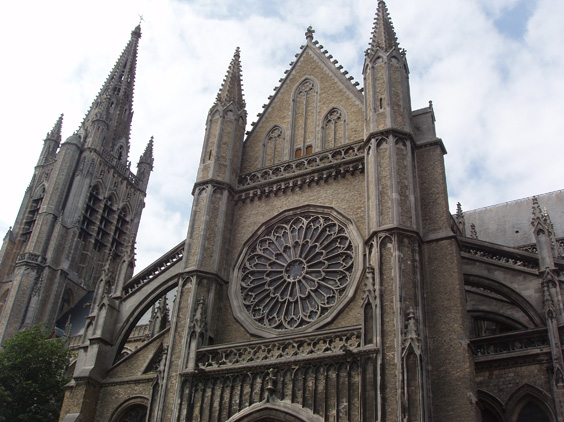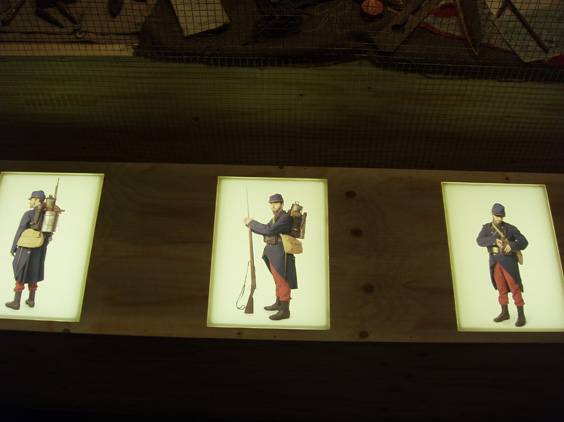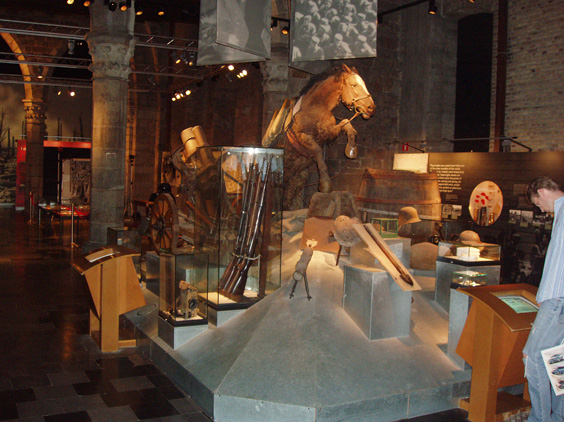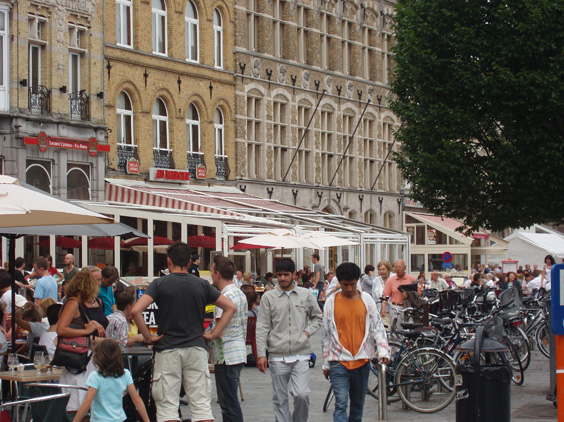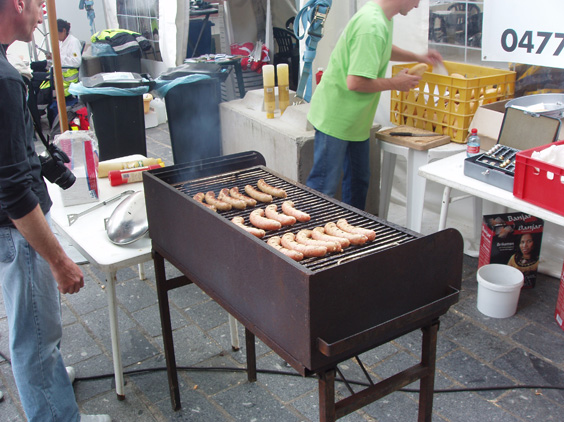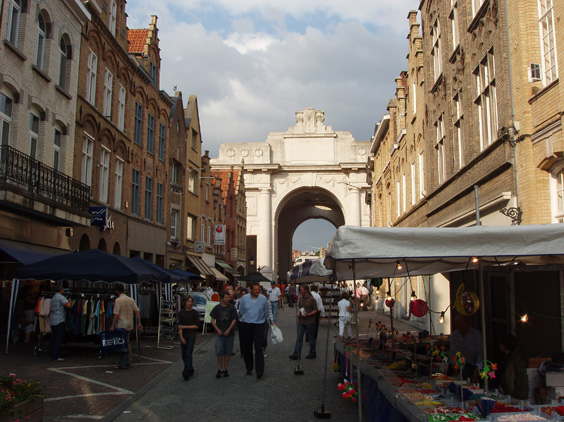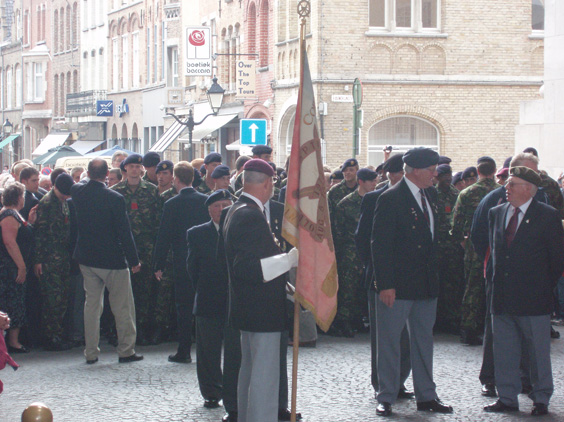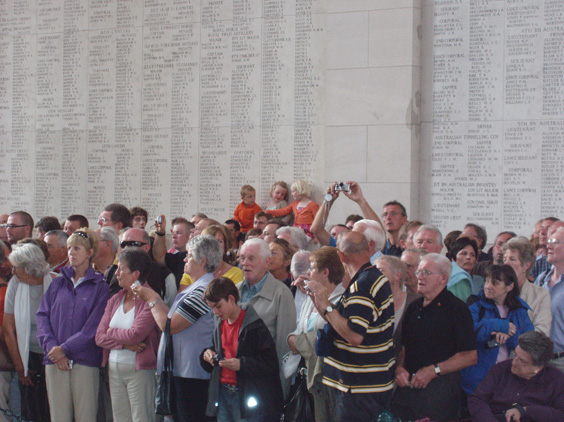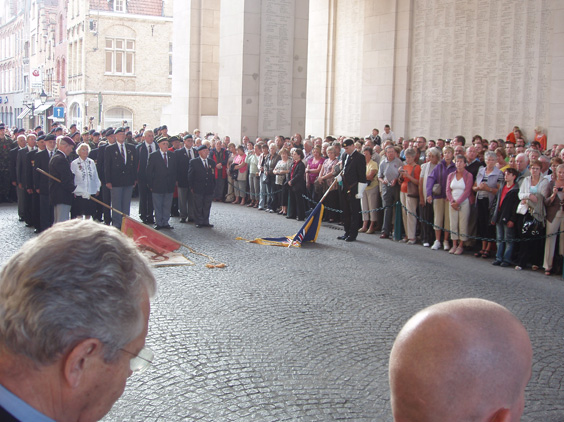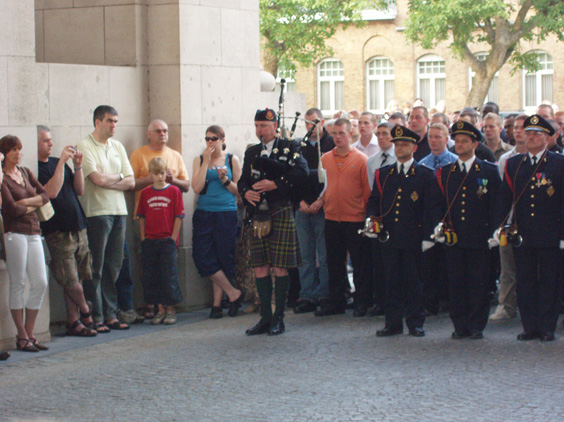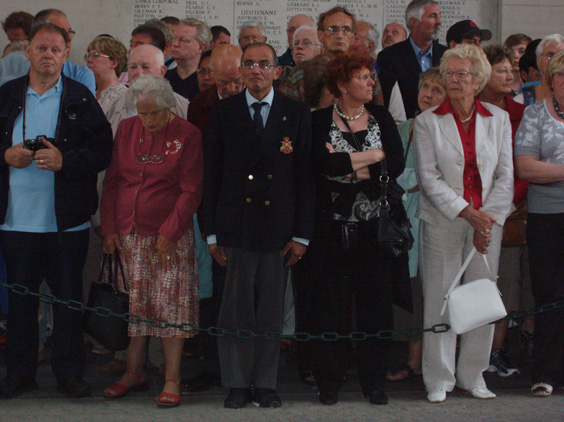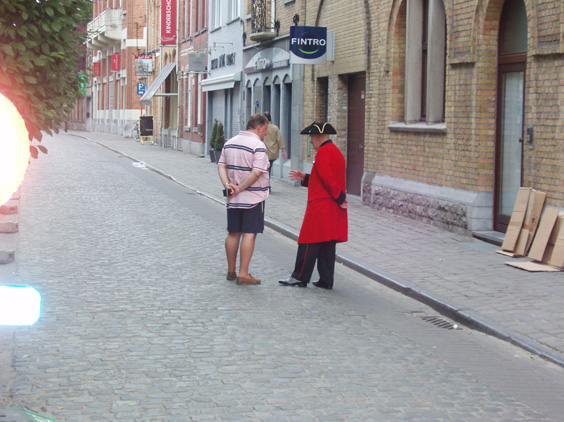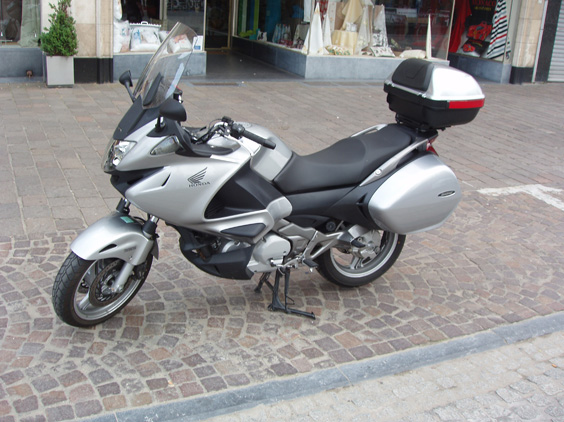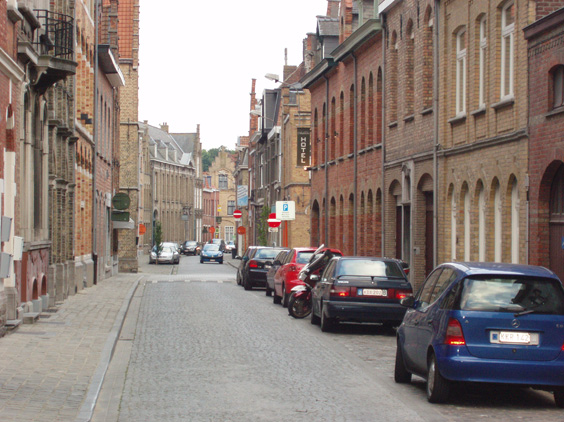| |
|
|
| |
Alps
2008
|
|
| |
|
|
| |
Dave and I get up early today
to get the radio setup on my ST1300 sorted out. It's an Autocom unit that
I 'inherited' with my last ST1100 purchase. The radios used in the UK
and Europe are a different frequency that the FRS/GMRS ones we use in
the States, so Dave had sourced a pair for me and I had already tested
that part of it. With that out of the way, we go back inside for our 'Fully
Cooked English Breakfast'. I'm not from England, but I know what it should
include and let's just say it was short a few things. Not bad mind you,
but just a little short. I've also noticed that for some reason, I just
cannot seem to get hydrated. So I am drinking all the time - especially
at breakfast. With the meal dispatched, we get our gear and ride toward
the town square to meet Pieter. With Pieter in close pursuit, we head
out to where Moff and Pete are camping.
|
|
| |
|
|
| |
On the campgrounds
is a rabbit, or more appropriately, a Belgium Lop like the ones Sharyn and
I used to have as pets. I'd love to pet it, but I am deathly allergic to
them now so I happily take the picture from a distance. |
|
| |
|
|
| |
Our first stop is at
Hill 62, a private museum and historical site. The owners basically
have preserved some of the original trenches used by the British during
the Ypres Salient campaign of W.W. I.
|
|
| |
|
|
| |
After paying
a small entrance fee, we are free to wander through various rooms of randomly
placed artifacts collected from the battle sites. Some are just piled
into display cases almost in the manner in which they were found. There
is no practical restoration done, just mementos on display.
|
|
| |
|
|
| |
Out the back door,
you can walk around the existing trench works from the battle. They have
been left intact as only preservation work has been done. It is hard to
come to grips with the fact that many brave men lived and died in the very
works before us. With the rains and the floods, it had to be a very miserable
existence, full of disease and disaster. |
|
| |
|
|
| |
As you
look about you can see many of the older trees still carry the bullet holes
of the struggles of long ago. |
|
| |
|
|
| |
There is another
section of the museum that holds more objects. In one room is a motorcycle
of the era surrounded by empty shell cases and other interesting things. |
|
| |
|
|
| |
But what catches
my eyes is a clock constructed out of spent shell casings. It is quite ornate
but clearly demonstrates the plentiful supply of spent ordinance that was
left on the field. Judging by many mementos in the museum, constructing
something useful and artful with the shell cases was a pretty common hobby. |
|
| |
|
|
| |
When we are finished
with the tour, we take advantage of the outdoor cafe located on the premises
- Moff and Pete for a proper cup of tea, the rest of us for Diet Cokes.
It is a very sobering thought that the very place we are sitting and relaxing
was the place where many men met their final end. Our next stop is the famous
Tyne Cot Cemetery,
where over 11,000 men are buried, many in graves with no name on the
headstone. As you walk along the entrance to the center, a solemn British
voice reads one name after another of the missing and dead. Inside the center,
there is a screen that shows a picture of the man whose name is read if
it is available. It puts a face on the horror of war and the great cost
that was paid. |
|
| |
|
|
| |
Row upon row, the
tombstones stand as a solemn sentinel of the high cost when nation fights
against nation. It again is hard to imagine the death and destruction that
rang out nearly 100 years ago from the very spot upon which I stand. |
|
| |
|
|
| |
Many of the graves hold more
than one body, and many simply but eloquently read -
'A Soldier
Of The Great War'.
|
|
| |
|
|
| |
The cemetery itself
was build on the site of the German line and there are two German pillboxes
amongst the tombstones. The main centerpiece is actually constructed over
the main German pillbox. |
|
| |
|
|
| |
Some graves are
exactly where the soldiers fell, others are aligned in standard military
tradition. Throughout the site, the flowers bloom in lush color - usually
red that reminds you of the blood that was shed on this hallowed ground. |
|
| |
|
|
| |
We all speak in
quiet tones as we survey the memorial wall that contains the names of over
34,000 men who were not able to be listed at the Menin Gate due to space. |
|
| |
|
|
| |
When we leave the
cemetery, we stop for lunch at a nearby cafe. Our talk turns to what we
have seen and how it impacts us personally. It is an experience that I will
not soon forget. |
|
| |
|
|
| |
Dave and I make
our way back to our hotel so we can rest a while before we go to the Menin
Gate ceremony tonight. Saturdays are usually have a bigger crowd so we want
to get there early and get a better viewing spot than last night. Pete and
I also want to tour the museum since neither one of us have been through
it. Since the room has no air conditioning, I open the windows and hear
children singing. They are singing the happy songs of childhood as children
often do. I have a hard time trying to connect the heartache of Tyne Cot
and the songs that they sing. I pray that they never have to face what those
young men who lie buried in nameless graves at Tyne Cot faced. |
|
| |
|
|
| |
Soon Dave and I
wander back up the street name Ambrosia, checking on our bikes. All appears
well as we head toward the city square. |
|
| |
|
|
| |
When we reach the
square, it is definitely a happening place. Swatch, the designer of the
SmartCar, is sponsoring a beach volley ball tournament. Given the apparel,
or lack thereof, of the lady athletes, large crowds of admiring fans are
stationed all about. |
|
| |
|
|
| |
Pete and I head
for the museum which was originally a cathedral. During the war, this entire
area was totally destroyed, including the building before us. The Belgium
government decided to reconstruct it as close to the original as possible,
and many German prisoners of war supplied the labor. To look at the surroundings,
it is very hard to tell that it was not the original Gothic structure. |
|
| |
|
|
| |
When you enter the
museum, you are issued a card that identifies you with a particular person
that lived in the area during the war. At various places along the exhibits,
you can scan your card and see how 'you' fared during the conflict. My particular
character was a Belgium lad who loved to get into fist fights with the local
French - and usually won. At one exhibit I notice pictures of what a typical
Belgium soldier would be wearing. The resemblance to the uniforms and equipment
used in our own Civil War is amazing to me. |
|
| |
|
|
| |
It is a moving tribute
with lots of displays that are very thoughtfully designed. This brings to
mind the importance of horses during W.W. I, a fact often forgotten in view
of modern military affairs. |
|
| |
|
|
| |
At the end of
the exhibit, I find that my 'character' survived and lived to be an old
man. Pete's 'character' went on to become a famous photographer and have
his own studio. Considering Pete had a serious camera hanging around his
neck and knew how to use it made it even more unusual. When we return
to the busy square to catch up with Dave and Moff, we look for a cafe
for lunch. Once we grab a table, the lady tells us it will be over a hour
and a half before we can be served. We decide to surrender our table and
see what else is cooking.
|
|
| |
|
|
| |
As we wander about, our noses
bring us to this street vendor. He is cooking bratwursts and providing
buns with them.
"Sounds like a wiener
to me" I tell the group.
So Dave and I take turns buying
the next set of brats for us, leaving poor Moff and Pete to fend for themselves.
But they don't do badly from what I can tell, provisioning themselves
quite well. The brats are really good and I manage to inhale three of
them before I have to quit from the inability to breathe.
|
|
| |
|
|
| |
We want
to get to the Menin Gate early today so we can get a much better viewing
spot than last night. We make way toward the memorial far ahead of the crowds
strangely still occupied with the lady beach volleyball contests. |
|
| |
|
|
| |
As the color guard
marches into view, we recognize that one of the standard bearers is the
same Korean Vet that we shook hands with last night. He, as well as the
rest of the guard, are well-groomed and neatly attired, befitting their
positions of honor. |
|
| |
|
|
| |
I can't help but
notice across the way three small children perched on the ledge, picking
and playing as kids do. I'm sure they don't understand what all the commotion
is about and hopefully the concept of war, death, and dying is a foreign
concept to them at that tender age. |
|
| |
|
|
| |
Then I see something
that shocks me a bit, with my USMC training of flag carrying. The color
guard places the flags that they are bearing on the ground - the one thing
that if you did in the Marines would result in something worse than death.
But then in this ceremony it is done as respect those many men who have
fallen for a noble cause. It is also once again a reminder to me that there
are cultural differences around the world and what one country thinks is
horrible another country sees as paying proper tribute. Neither is wrong,
just different. |
|
| |
|
|
| |
After the buglers play the
last post, a bagpiper sounds his mournful tome to the dead. I look at
Dave and tell him -
"Well, as Peter
would say, Nothing like a man in a skirt strangling a cat."
But I do enjoy bagpipe music,
so it is a treat for me.
|
|
| |
|
|
| |
Across in the other
direction, I can't help but notice an elderly man standing at strict attention.
He does so throughout the entire ceremony and is a striking contrast the
various ones rubbernecking around him. I have to believe that for some reason
this ceremony has a much deeper meaning for him that most other folks standing
there. |
|
| |
|
|
| |
The U.S. Ambassador to Belgium
and his wife are there. Dave tells me that she saw my Tennessee shirt
and smiled, knowing that a 'homey' was in the audience. Once the ceremony
is over, we head back to the square. On my left is a true 'redcoat' and
I ask Moff what that is about. He tells me that they are pensioners, old
retired soldiers, that have given up everything - houses, property and
possession - and dedicated themselves to the life of soldier and honor
until they die. They travel about to events such as this and provide what
service that they can.
|
|
| |
|
|
| |
Further down the
street we spot a new Deauville parked near a cafe. It has integrated panniers,
trunk and power windshield. For all intents and purposes, it is a 'baby'
ST1300 right down to the triangle muffler. I still don't understand why
bikes like this never get sold in the U.S. because it would make a great
commuter bike. But then Mother Honda does little to promote the STs anyway
so what do I know? |
|
| |
|
|
| |
Since Dave and I
are headed for the German Autobahn tomorrow on our way to Lermoos, I figure
I'd best get some rest so I have a few wits about me. It will be close to
a 600 mile day at some pretty significant speeds so we need to be out and
about early. We head back down Ambrosia and I make the climb up the steps
to my room. |
|
| |
|
|
| |
This is just the
second day in the new time zone, but my body is slowly adjusting. It does
not take me long to find the sleep zone as I ponder just what the German
Autobahn must be like. |
|
| |
|
|
| |
Totals For The Day -
Countries - 1 (Belgium)
Miles - 10
Passes - 0
Hairpins - 0
|
|
| |
|
|
| |
|
|
| |
|
|
